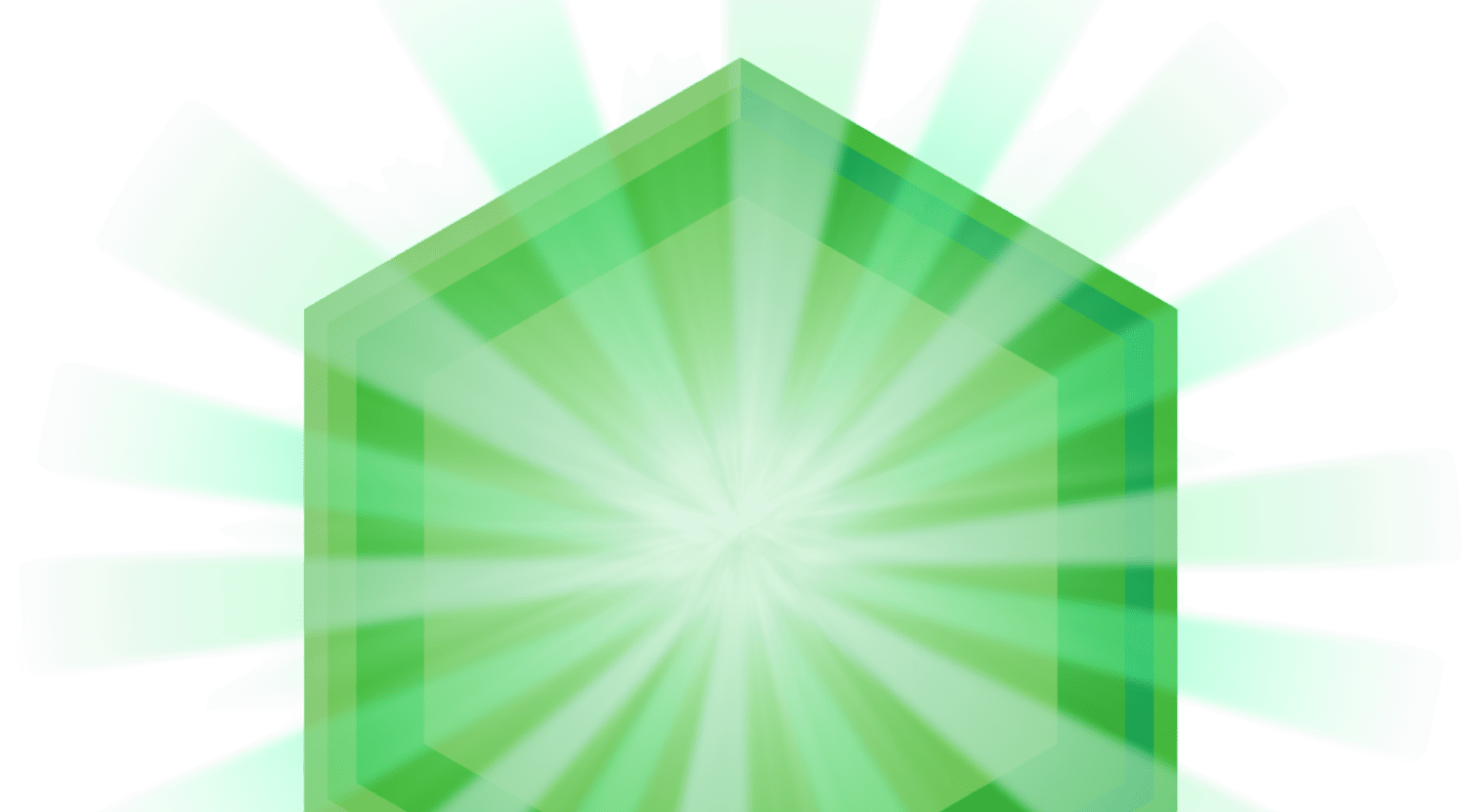
Fact or Fiction? Allergy Myths Debunked
MYTH: Flowers cause most seasonal allergies.
TRUTH: In general, the pollen from showy, colorful flowers such as roses, daffodils, and sunflowers is heavy and sticky so it can be picked up and carried by insects and animals. As a result, the pollen from these flowers doesn’t get carried on the wind to cause your airborne allergy symptoms.1,2 Instead, most seasonal allergies are caused by the smaller, lighter, airborne pollen from trees, weeds and grasses, or by mold.3,4

MYTH: Eating local honey helps relieve seasonal allergies.
TRUTH: In theory, eating local honey would help your body build immunity to local pollen. But the pollen collected by bees is different from the pollen that triggers most seasonal allergies.1,2 So far, there is no evidence that eating honey builds immunity to allergies.5,6 But it does make for a delicious sugar substitute in that next cup of coffee.

MYTH: You can escape allergies by moving to the desert.
TRUTH: If your allergies are triggered by mold or pollen, a desert climate isn’t likely to help. Even desert regions have airborne mold.7 And some types of pollen are actually more abundant in dry climates.8 By relocating, you may expose yourself to new plant species, only to become allergic to their pollen within a few years.9

MYTH: Dogs are worse than cats for people with pet allergies.
TRUTH: Quite the opposite: Cat allergies are about twice as common as dog allergies.10 And cats generally cause more severe allergic reactions, in large part due to an allergen they give off called “Fel d1”.11

MYTH: Allergies can be cured.
TRUTH: For now, there is no cure for allergies. One way to control your allergies is to limit exposure to what triggers your symptoms. Understanding your allergy triggers may also help you decide on the most effective treatment option for your symptoms.12
Sources:
1. Leonard P. Perry. Allergies and gardening. 2002. University of Vermont Extension System Department of Plant and Soil Science website. Available at: http://pss.uvm.edu/ppp/pubs/oh71allergies.htm. Accessed: November 18, 2014.
2. Outdoor allergens: tips to remember. American Academy of Allergy, Asthma & Immunology website. Available at: http://www.aaaai.org/conditions-and-treatments/library/at-a-glance/outdoor-allergens.aspx. Accessed: November 20, 2014.
3. Illiades C, Bass III, P. The most common fall allergies. Website of Everyday Health. Available at: http://www.everydayhealth.com/year-round-allergies/most-common-fall-allergies.aspx. Accessed: November 20, 2014.
4. Allergies and global warming. National Wildlife Federation website. Available at: http://www.nwf.org/Wildlife/Threats-to-Wildlife/Global-Warming/Global-Warming-is-Causing-Extreme-Weather/Allergies.aspx. Accessed: November 20, 2014.
5. Rajan TV1, Tennen H, Lindquist RL, Cohen L, Clive J. Effect of ingestion of honey on symptoms of rhinoconjunctivitis. 2002. Available at: http://www.ncbi.nlm.nih.gov/pubmed/11868925. Accessed: November 18, 2014.
6. Allergies, respiratory. NYU Langone Medical Center website. Last reviewed September 2014. Available at: http://www.med.nyu.edu/content?ChunkIID=21414#ref50. Accessed: November 20, 2014.
7. Shinn EA, Griffin DW, Seba DB. Atmostpheric transport of mold spores in clouds of desert dust. Arch Environ Health [Archives online]. 2003 Aug;58(8):498-504. Available at: http://www.ncbi.nlm.nih.gov/pubmed/15259429. Accessed: November 20, 2014.
8. Dust allergy. American College of Allergy, Asthma & Immunology website. Available at: http://www.aafa.org/display.cfm?id=9&sub=19&cont=263. Accessed: November 20, 2014.
9. Ragweed allergy. Asthma and Allergy Foundation of America website. 2005. Available at: http://www.aafa.org/display.cfm?id=9&sub=19&cont=267. Accessed: November 18, 2014.
10. Pet allergies. Asthma and Allergy Foundation of America website. 2005. Available at: http://www.aafa.org/display.cfm?id=9&sub=18&cont=236. Accessed: November 18, 2014.
11. Pet allergy. The Asthma Center website. Available at: http://www.theasthmacenter.org/index.php/newsletter/pet_allergy/. Accessed: November 18, 2014.
12. Pollen and mold counts. Asthma and Allergy Foundation of America website. 2005. Available at: http://www.aafa.org/display.cfm?id=9&sub=24&cont=348. Accessed: November 18, 2014




